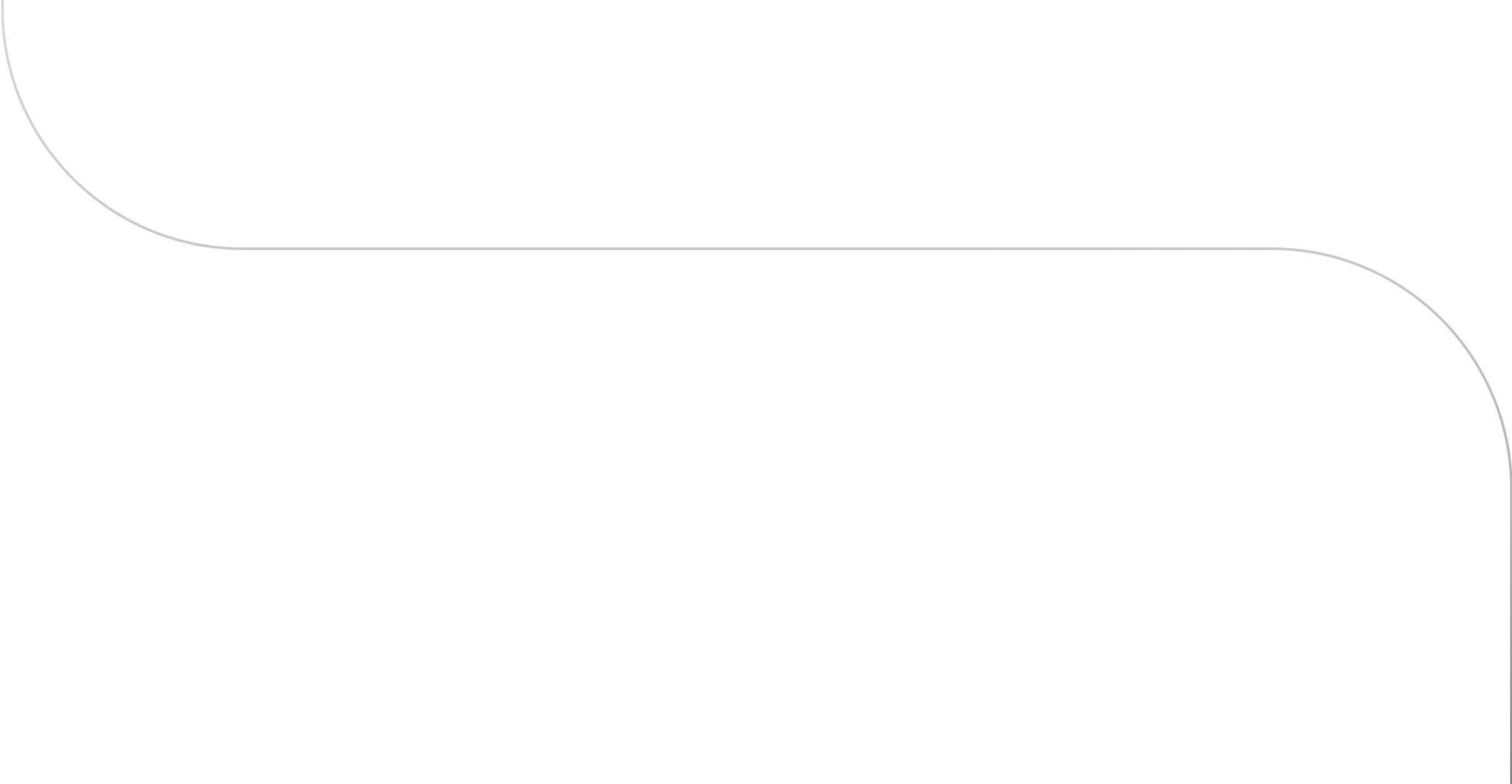Achieve zero defects and 99.9% uptime with QualityKiosk’s precision AI


For over two decades, we’ve engineered intelligent solutions that uncover opportunities, reveal insights, and lead the way to reliable performance. Our AI-driven reliability programs cover every stage — from initial builds to continuous releases and real-time monitoring — across hundreds of apps, thousands of test cases, and millions of users. We turn digital trust into reality.
Behind our results is a proven, consultative approach anchored in our proprietary Quality Engineering Maturity Framework. This foundation enables enduring client relationships that span years and industries.
Ensure your digital systems perform reliably at every stage, with services built to strengthen performance, scalability, and uptime.
Operate your business without disruptions. Minimize failures, enhance performance, and enable seamless scalability by leveraging solutions with built-in resilience, proactive monitoring, and AI-driven stability.

Empowering businesses with end-to-end AI solutions, from data quality, governance, and observability to model development, testing, deployment, and optimization, ensuring scalable, secure, and high-performing AI-driven transformations.

Streamlining business and infrastructure operations with process automation, hyper-automation, and agentic solutions, enabling seamless workflows, compliance, cloud modernization, and optimized FinOps, CloudOps, and DevSecOps for scalable efficiency.

Outcomes amplified through our ecosystem of AI-native platforms and best-in-class partners.

As an AI-native platform, DevRev powers our 360-degree quality solutions, enabling superior customer experiences through data-driven engineering and enhanced developer productivity.

AI-powered reliability platform
simplifies software reliability with no-code modules for functional and API testing, chaos engineering, and SLO management.
An all-in-one test automation
platform for web, mobile, API, and desktop applications. It supports both manual and script-based testing, integrates with CI/CD tools, and offers easy-to-use interfaces for all skill levels.
Distributed search and analytics platform offering real-time data search, centralized storage, advanced security, scalability, and seamless integrations, enabling users to analyze and visualize large-scale data efficiently.

A scriptless test automation platform with features like cross-browser testing, CI/CD integration, reusable components, and A1-powered test generation, delivering rapid, reliable, and cost-effective automation.

Fortify digital defenses and power always-on banking with AI-powered QE. Ensure secure, compliant, seamless banking experiences, accelerating innovation and optimizing performance across every touchpoint.

Mitigate risks, accelerate innovation, and elevate customer loyalty with data-driven QE. Achieve robust, compliant, and efficient digital experiences, unlocking transformative value across the entire insurance lifecycle.

Fuel innovation and optimize experiences with proactive AI-driven QE. Drive faster releases, ensure superior app performance, and leverage data-driven insights to accelerate growth for digital-first businesses.

Stay ahead with AI-driven insights and real-time observability. Our solutions empower asset managers and wealth advisors with smarter decision-making, seamless integrations, and operational resilience in a dynamic market.

Ensure product quality, system reliability, and supply chain efficiency with automated testing and predictive maintenance. Our solutions support connected vehicles, EV innovation, and smart manufacturing operations.

Elevate customer experiences and optimize digital commerce with AI-powered QE. Drive seamless omnichannel journeys, ensure application performance under peak loads, and leverage AI-driven insights for personalized experiences.
Automate cloud management and accelerate migration with built-in observability enabling compliance from Day 0.
A SecOps platform that unifies application security management using SAST, DAST, SCA, laC, container Scan, and IAST.




Recognized by Gartner for GenAI and included in its Market Guide for Quality Engineering Services.

Featured in Forrester’s new tech report on Continuous Automation and Testing Services
Recognized as a leader in the prestigious Quality Engineering Specialist Services PEAK Matrix for 2023

The TCoE enabled us to streamline digital quality engineering e ciencies significantly, eliminating redundancies and manual processes hindering our productivity. With TCoE powering our digital quality engineering, we are all set to take a giant leap towards unleashing AI-first testing for the next generation of customer-centric banking experiences,


Reliable outcomes start with an empowering culture you can rely on for personal and professional growth. That’s what we nurture at Qualitykiosk, with an environment where you can thrive at the frontiers of cutting-edge technologies. Join us and let your talent pave the way toward an exceptional career in technology.

© By Qualitykiosk. All rights reserved.
Terms / Privacy / Cookies